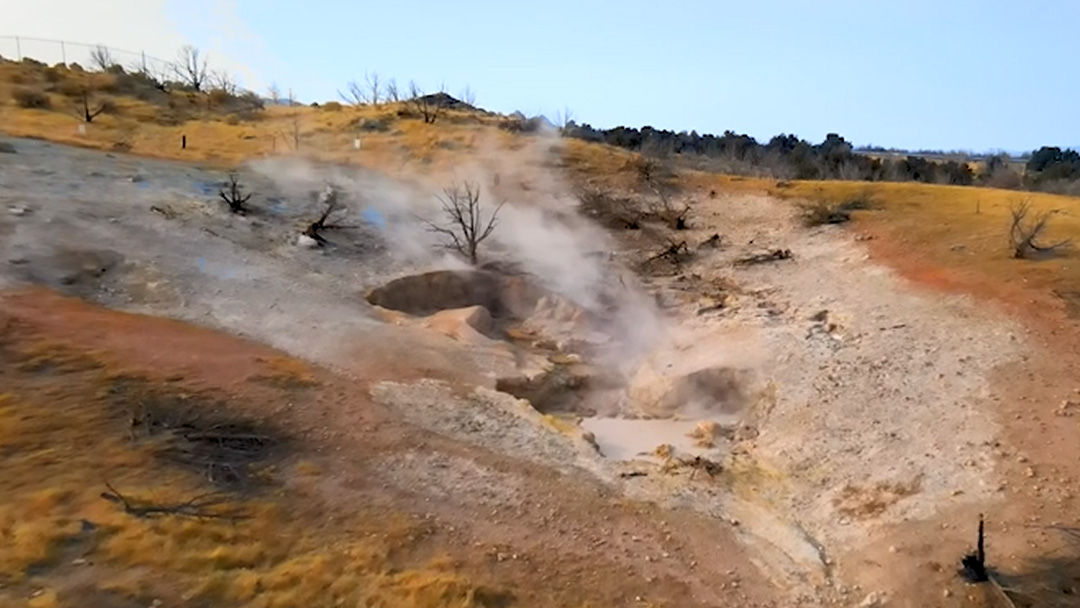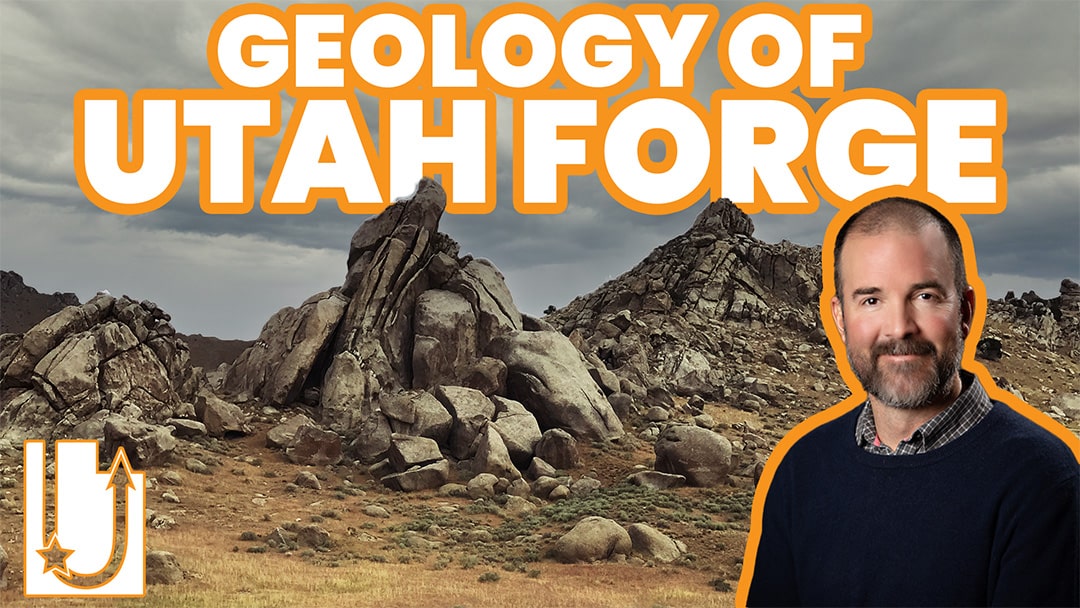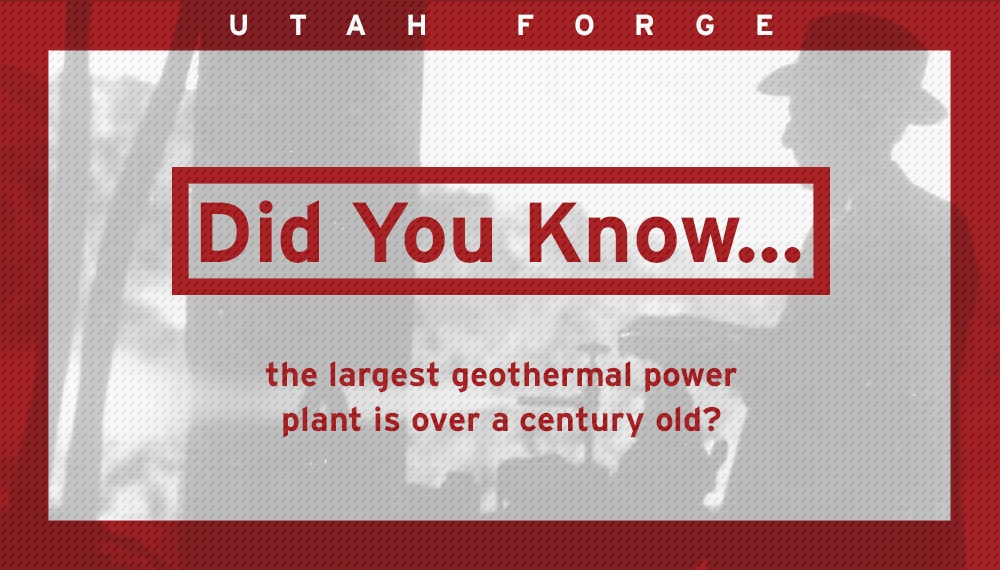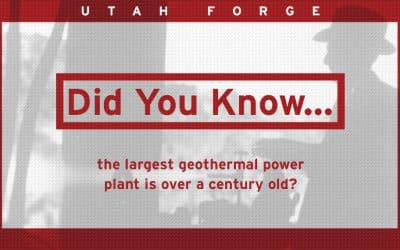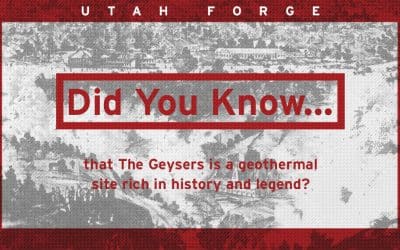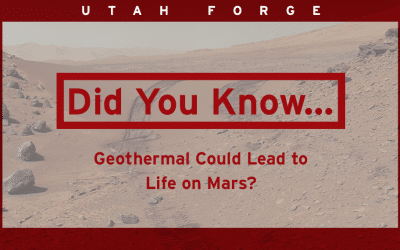
Did you know that some species incubate their eggs using geothermal heat?
Megapodes represent a family of birds that are also known as incubator birds. They are found across Australasia, and they are known for their unique strategies to keep their eggs warm and safe. Depending on the local environment, incubating strategies range from building a massive nest with stacks of decaying vegetation to laying eggs in warm ground heated by the sun. Certain species of megapode occurring on volcanic islands in the Bismarck archipelago, Solomon Islands, Vanuatu, Tonga, and Micronesia bury and incubate their eggs in geothermally heated ground. Megapodes originated in Australia, and as they evolved, they spread northward and eastward to tropical islands of the southwest Pacific. The use of thermal ground by just a few species of Megapode to incubate eggs appears to be simply a matter of opportunity.
The incubation of eggs in thermal ground, however, is not just for the birds. Their ancient ancestors, dinosaurs, may have been similarly opportunistic. The recently discovered Sangasta nesting site in northwest Argentina provides definitive evidence that neosaupods used geothermally heated ground to incubate their eggs. Much like humans, some animals have used geothermal heat when and where it is easily available.
References:
Grellet-Tinner, G. and Fiorelli, L.E., 2010, A new Argentinian nesting site showing neosauropod dinosaur reproduction in a Cretaceous hydrothermal environment: Nature Communications, 1:32, DOI: 10.1038/ncomms1031
Harris, R.B., Birks, S.M. and Leaché, A.D., 2014, Incubator birds: biogeographical origins and evolution of underground nesting megapodes (Galliformes: Megapodiidae): Journal of Biogeography, v. 41, p. 2045-2056.
https://www.birdlife.org/worldwide/news/incredible-%E2%80%9Cincubator-bird%E2%80%9D-be-saved-rat-removal-pacific-island
https://www.ncbi.nlm.nih.gov/pmc/articles/PMC4662581/
